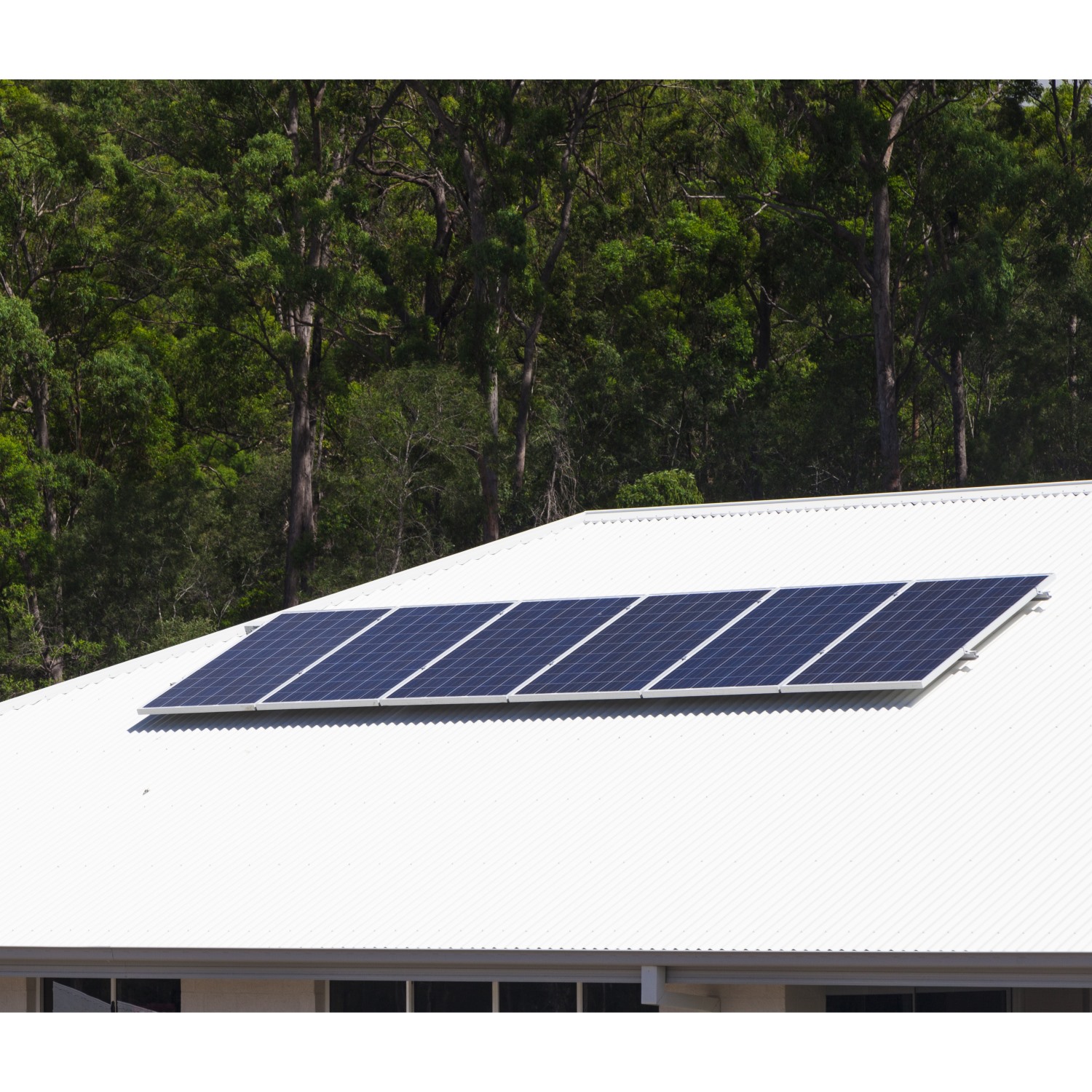How to size and specify your Off-grid energy system
This will give you a broad overview of what options you have for an off-grid energy system, in Australia. There are three main types, which we will look at:
- DC coupled solar with battery
- AC coupled solar with battery
- Wind or alternative power generation
A ‘DC coupled’ solar array is simply one that connects directly to a dc battery bank, via a solar charge controller. Usually an MPPT, high efficiency type, see here.
An ‘AC coupled’ solar array is where a grid type inverter connects to the AC circuit in the home, and then a separate battery-inverter charges the battery. This is slightly less efficient that DC coupled.
The third category, sometimes used with solar, is wind or micro-hydro power. In this article, we will review the first two types: AC coupled and DC coupled.
DC coupled off-grid systems – what ecoCool normally offers
We offer mainly DC coupled systems, because they are economical, and efficient, because there is only one charging device between the solar panels and battery or battery inverter: that is the MPPT, often with efficiencies of over 98%. That means that these systems use solar energy very efficiently, and MPPTs are less expensive that Grid tie inverters, in AC coupled systems. We can also offer AC coupled systems.
The main components of the DC coupled system are:
- Solar panels
- Batteries
- MPPT, inverter-charger and controllers
- A DC bus, fuses & cables
We offer high quality solar panels like Trina, LG, or lower priced budget panels too. We offer three main types of batteries:
- AGM (Absorbed Glass Matt), a sealed lead-acid type battery, with good performance, but relatively short life, usually 1000-2000 cycles, or 3-5 years. The most economical.
- Gel, a long-life sealed lead-acid battery, in 2V cells, with good performance, and longer life, often above 3000-5000 cycles, or 7-12 years. A bit more expensive
- Lithium batteries, with very high performance, and long life, and usually the most expensive, however good value.
How to plan your off-grid system: loads + system type + equipment options
Off-grid systems can attract federal solar rebates, about 15-20% of the system value. The process of designing and then installing off-grid systems, in brief is:
- Decide what electrical loads you will have: power, hot water, air, equipment;
- Design a system size with generation, battery and inverter peaking power to cover your loads, in your solar zone;
- Adjust equipment brand/type, load management and system size to suit your budget.
Start with loads, which we input into a table like this:

Then you could start considering equipment and battery types, with respect to your budget, see the table below:

Once you have a basic load and equipment specification, we complete basic drawings, and refine the design and system pricing, with reference to your budget.
ecoCool creates smart, durable systems, of great value for years to come
ecoCool uses CEC qualified solar off-grid installers in your area, and we ensure that we offer high quality parts. We spend a bit more time on documentation than most, just so that when you are off-grid you will have total control of your system. We offer 12 months free support.
If you are thinking about putting in an off-grid energy system, the main steps you should follow are:
- Research energy efficient equipment & appliances, and how to reduce loads off-grid
- Decide what your loads will be, you can download our excel load calculator to do that
- Decide on a budget range, and send us the details, we can work with any size and budget to create an appropriate and long life system for your place.

